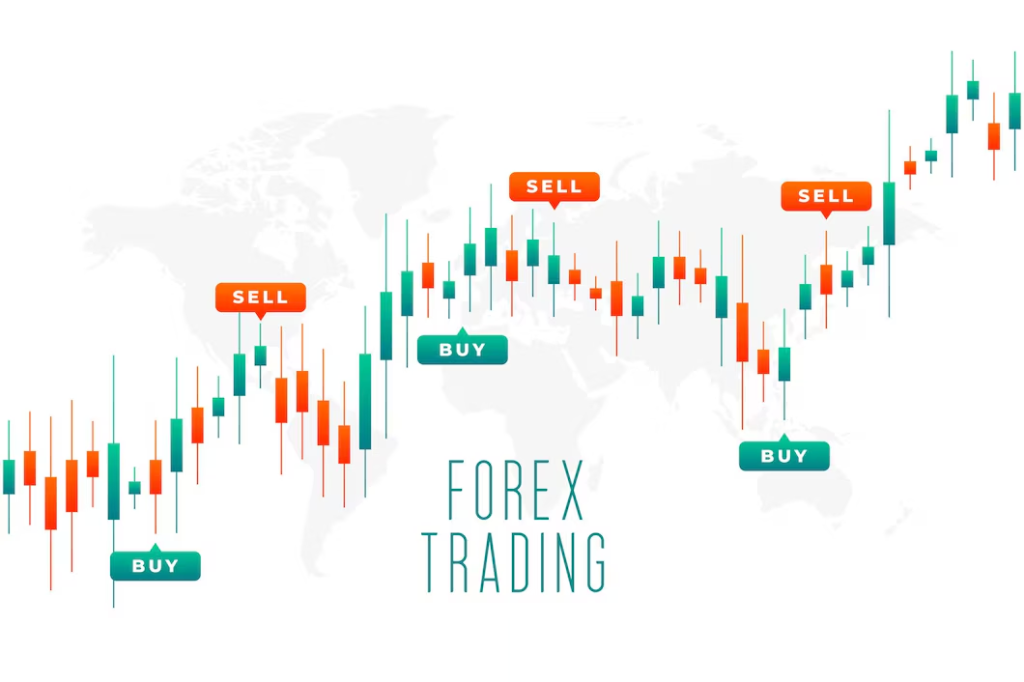During the last days of the calendar year, many investors question their beliefs about stock market performance. The loss of such hopes can be offset by fears of potential losses or corrections of the markets. That is why investors always seek answers to questions of whether the myth regarding an “end-of-year stock market rally” has any substantial basis.
Through research and history, one can gain insight into what is occurring within the market during this period. The S&P 500 Index serves as a bellwether for U.S. equities, making it possible to evaluate this by a fair amount of precision. To determine if this phenomenon has any substance to it or not, one can look at performance patterns that are measured over decades.
This article explains the end-of-year stock market rally through broad historical data and analysis. We will conduct two back tests to gauge market performance in such a critical period, discussing implications for investors looking to exploit this season successfully.ar Stock Market Rally
The term “Santa Claus Rally” refers to the tendency of stock prices in the last weeks of December and into early January to rise to end the year. Its causes are complex and tied to several factors, including holiday optimism, increased consumer spending by individuals, and institutional investors rebalancing their portfolios at year end.

Long-Term Performance of the S&P 500
For more perspective, we can drill down to what occurs historically at the end of the year in the stock market rally by looking at the S&P 500. Since the start of 1970, this period has always rose, and most investors may see a good move because of their exposure into the market during this time.
Back Test One: Third Friday in December to Year-End
We look at the S&P 500 during the time period from the third Friday of December to the last day of the year for our first back test. This is a very critical time period, as history shows positive movement.
- Profitability Rate: Since 1970 it has been profitable 68 percent of the time.
- Average Gain: The average gain in these years has been about 1%.
- Winners Loser Difference: The average gain of the winners is much larger than the average loss, meaning that the upside potential exceeds the downside risk.
These above tests are indicating that this end-of-year stock market rally can be a safe investment opportunity for those involved in seasonalistic bets.
Back Test Two: Long at the Close of the Fifth Last Trading Day
In our second back test, we analyze a longer period of investment by going long at the end of the fifth last trading day of the year and selling at the closing price on the last trading day.
- Performance Trends: This test has not performed as strongly as the first but it still demonstrates a consistent upward drift since 1970.
- Average Winners vs. Losers: On an average, profits of winning trades are twice that of the loss, and this may lead to a probability of profit making even in longer periods.
Factors Which Contribute to the Rally
There are several factors which contribute to the end-of-year stock market rally. Knowing them can better aid investors in their decisions:
- Expenditures during Holidays: The more the customers increase their spending during holidays, the more corporate earnings should rise, hence creating upward pressure in equities.
- Institutional Buy: Fund managers will probably buy stocks to improve on their current end-year performance. Since these factors create increased buying, the prices will, of course, go up.
- Tax Saving: Last, investors will probably be doing some tax-loss harvesting early in December, which stabilizes prices since they come back to the market.
Relevance for Investors
Provided those historical performance data and the contributing factors, investors may embrace various strategies while approaching the last days of the year stock market rally as follows;
Timing Investments
Timing is of the essence when it’s being noticed to reap good profits from riding seasonal trends. According to our back tests, entry into the last weeks of December appears to reap benevolent returns from the market. Investors might consider:
- Short-Term Strategies: Utilizing the trend momentum off the last third Friday in December right up into year’s end.
- Longer-Term Strategies: For those who can still stomach holding onto an investment position much longer, investments starting on the last trading day five business days from the end also go very well on average, although with a slightly lower historical return.

Portfolio Diversification
Diversification of portfolios is one good way through which risks can be managed. While the end-of-year rally shows a historical trend toward profitability, market conditions can be unpredictable. Investors can help cushion against potential downturns by spreading investments across various sectors.
Out of Turn
General awareness of market news and economic indicators would give a perspective to the timely investment decision. Bigger economic trends, interest rates, and consumer confidence can be the other factors to have an impact during this period.
In addition to all of these myths about the end-of-year stock market rally, we actually find trends and historical data showing a leaning to positive performance by the stock market at the end of the year. Within our research, we have discovered this time of investment always historically produced profits, in particular from the third Friday in December until the end of the year.
Key Takeaways
- Historical Trends : Upward movement into the end of the year.
- Profitable Opportunities : A very high percentage of the years are profitable. The gain in these gains is generally sizable compared to the losses.
- Strategic Investing : Investors should utilize seasonal trends to inform their strategy and be aware of the risks.